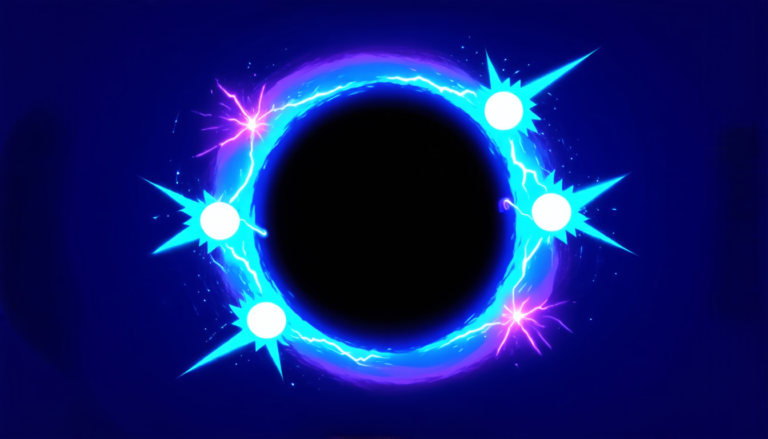Sunday 25 May 2025
Scientists have been working tirelessly to develop new technologies that can detect and analyze tiny changes in magnetic fields, a crucial capability for applications like quantum computing, navigation, and medical imaging. One of the most promising approaches is using spin defects in boron nitride nanotubes as sensitive sensors.
Boron nitride nanotubes are incredibly thin – just a few nanometers wide – and have unique properties that make them ideal for detecting tiny changes in magnetic fields. The researchers used a technique called dynamical decoupling to enhance the coherence time of the spin defects, allowing them to detect even smaller changes in the field.
The team demonstrated their sensor’s capabilities by detecting radiofrequency signals with unprecedented sensitivity. They were able to detect a signal that was 1000 times weaker than what’s typically required for detection, opening up new possibilities for applications like quantum computing and magnetic resonance imaging.
But why boron nitride nanotubes? The material has several advantages over other options. For one, it’s incredibly thin, which makes it easier to manipulate and integrate into devices. Additionally, boron nitride is highly resistant to chemical reactions, which means that the spin defects can be preserved for longer periods of time.
The researchers also explored the sensor’s ability to detect paramagnetic ions in solution. They used a microfluidic device to flow solutions containing different concentrations of Gd³⁺ ions past the sensor and were able to detect the ions with high accuracy. This has implications for applications like medical imaging, where detecting specific ions could help diagnose diseases.
The team’s work is a major step forward in the development of spin-based sensors, which have the potential to revolutionize our ability to detect and analyze tiny changes in magnetic fields. The researchers are already exploring ways to integrate their sensor into devices and are working on improving its sensitivity and scalability.
One of the most exciting aspects of this technology is its potential for use in medical imaging. By detecting specific ions or molecules, doctors could potentially diagnose diseases earlier and more accurately than current methods allow. Additionally, the sensor’s ability to detect tiny changes in magnetic fields could be used to monitor physiological processes like brain activity or blood flow.
The team’s work is also a testament to the power of interdisciplinary research. The project brought together experts from materials science, physics, and engineering to develop a new technology that has far-reaching implications for multiple fields.
Cite this article: “Spin-Based Sensors: A Breakthrough in Magnetic Field Detection”, The Science Archive, 2025.
Spin Defects, Boron Nitride Nanotubes, Magnetic Field Detection, Quantum Computing, Navigation, Medical Imaging, Dynamical Decoupling, Coherence Time, Paramagnetic Ions, Microfluidic Device







